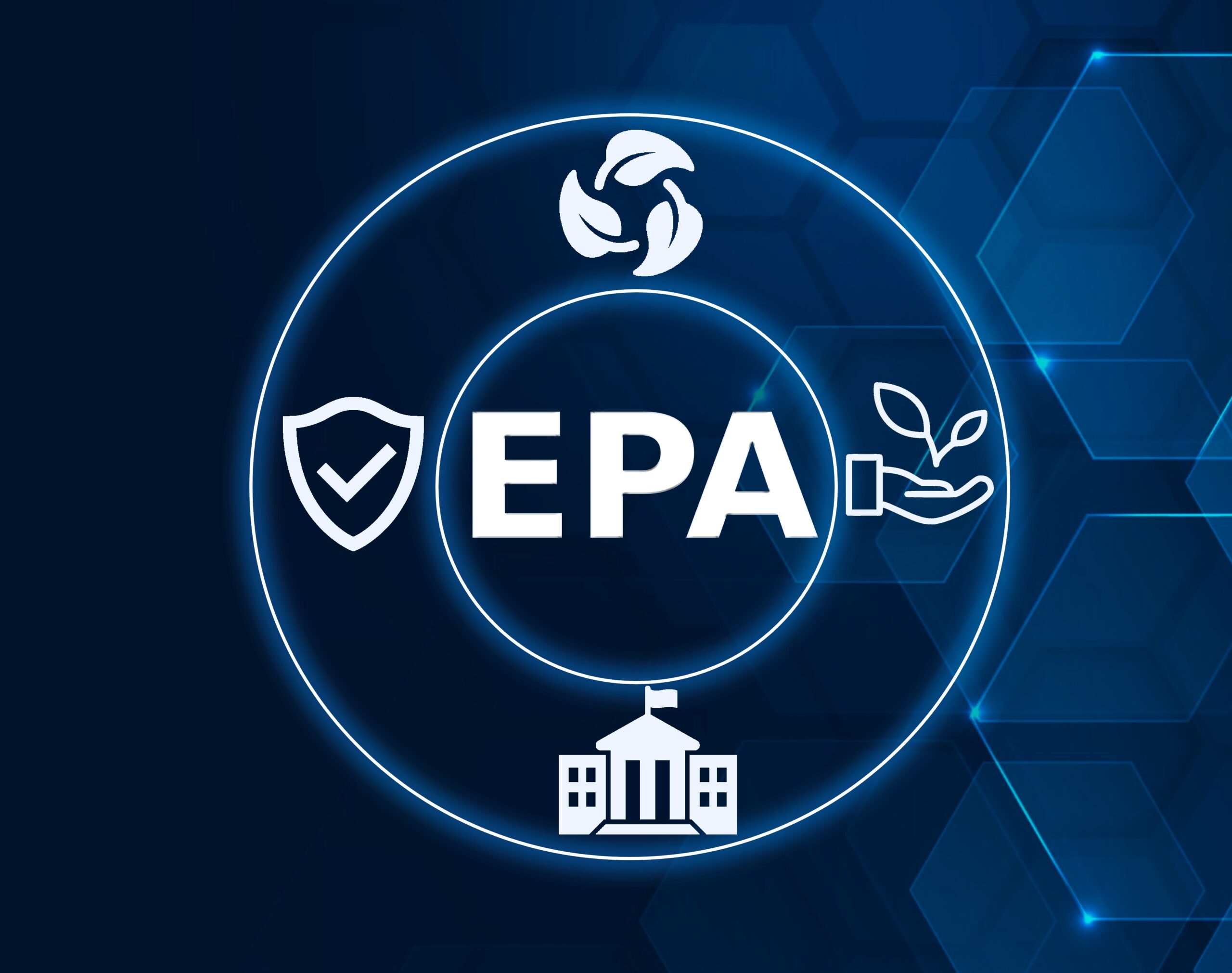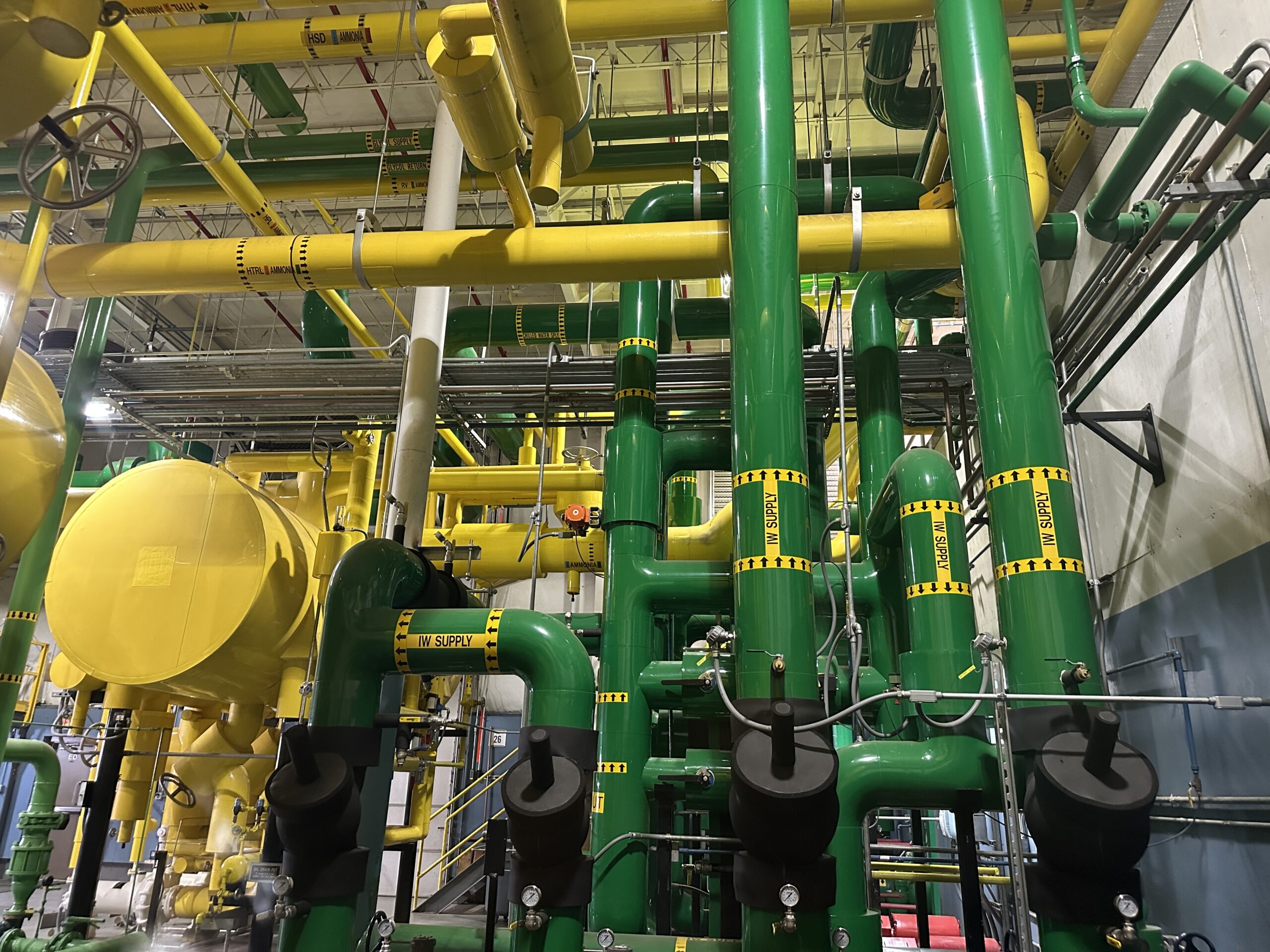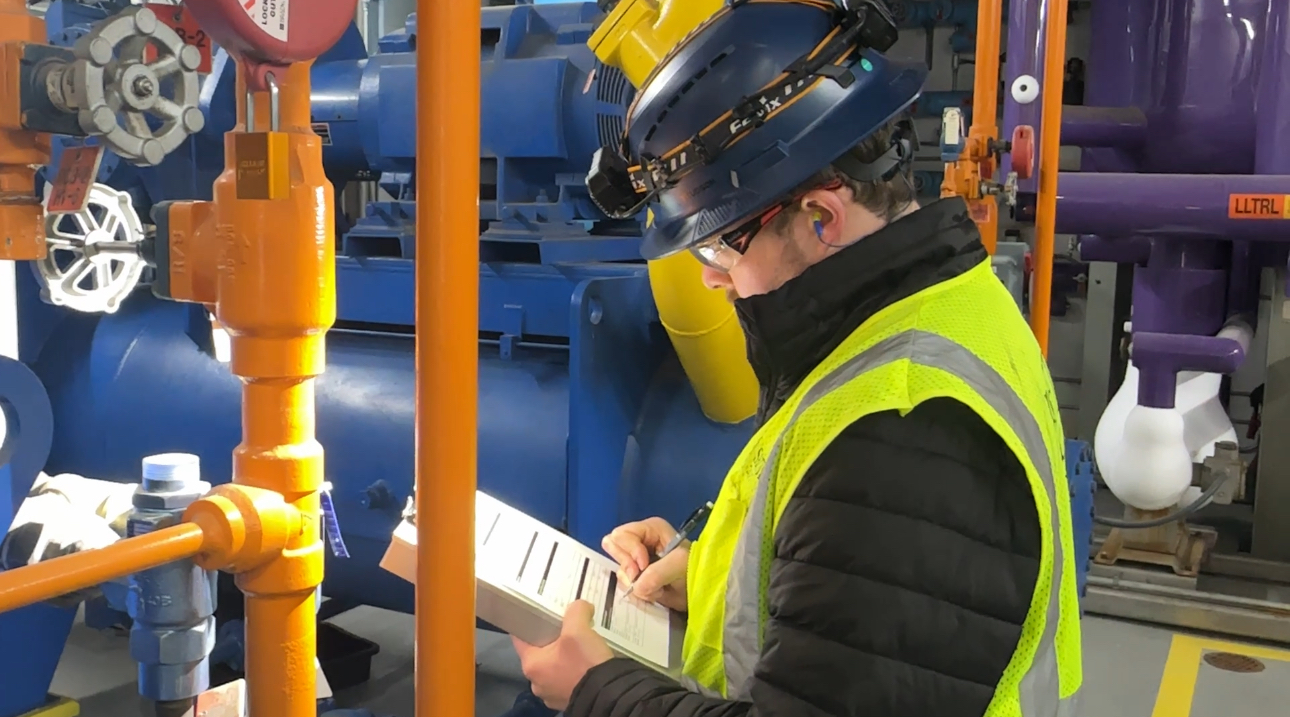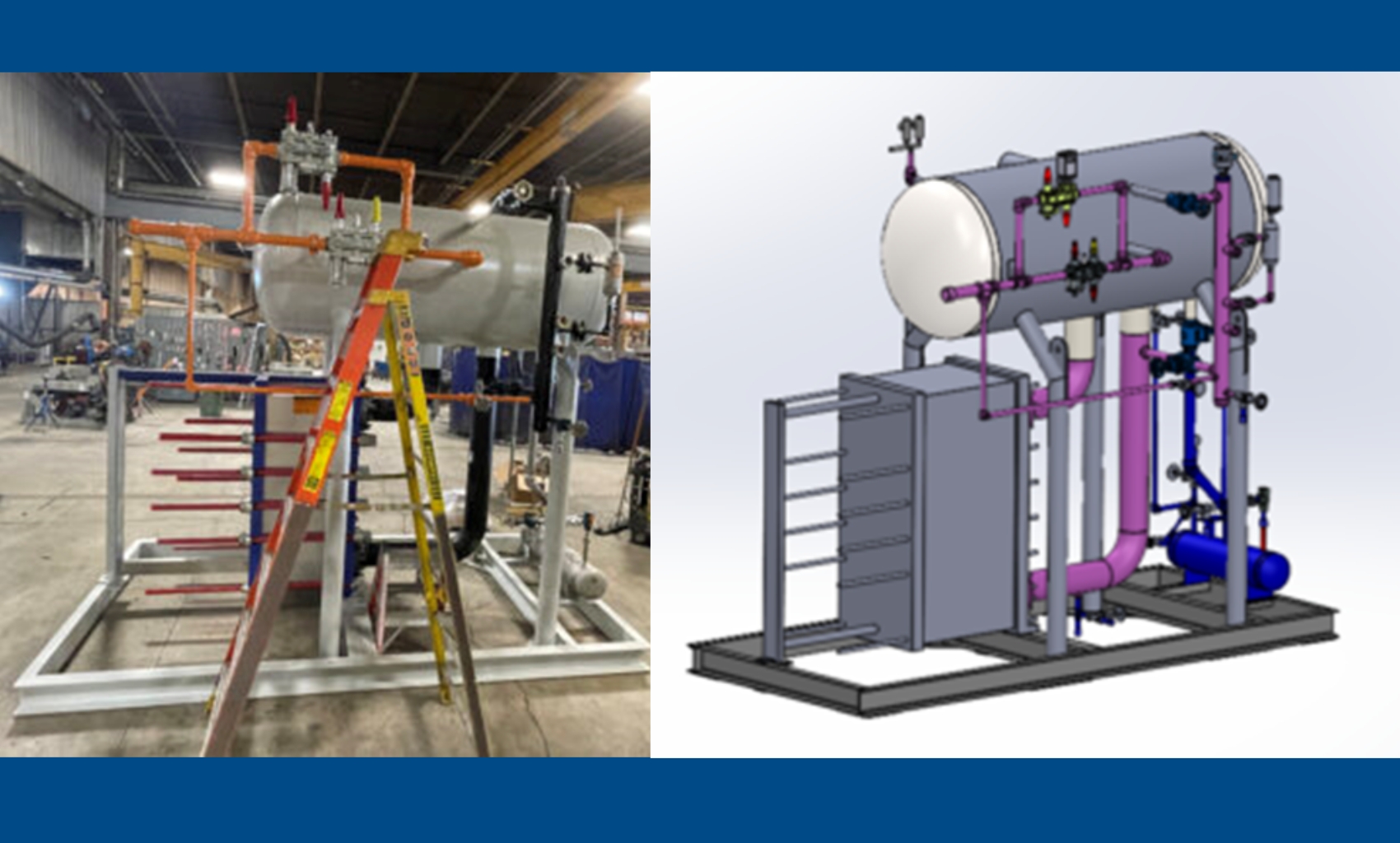On February 27, 2024, a significant milestone was reached in chemical safety regulations with the signing of the Safer Communities by Chemical Accident Prevention rule by EPA Administrator Michael S. Regan. This rule brings crucial revisions to the Risk Management Program, aimed at bolstering protections for vulnerable communities, particularly those residing near facilities in sectors with high accident rates.
While the specific implications of these revisions may vary depending on the nature of your business and the chemicals you handle, it is essential to review the updated requirements to ensure ongoing compliance.
KEY HIGHLIGHTS
Final amendments to the rule include:
- Requiring safer technologies and alternatives analysis (STAA), and in some cases, implementing reliable safeguard measures for certain facilities in industry sectors with high accident rates.
- Advancing employee participation, training, and opportunities for employee decision-making in facility accident prevention, for example:
- Reiterating the allowance of partial or complete process shutdowns in the event of a potentially catastrophic release.
- Implementing a process allowing employees and their representatives to report specific unaddressed hazards anonymously.
- Requiring third-party compliance audits and root cause analysis incident investigation for facilities that have had a prior accident.
- Enhancing facility planning and preparedness efforts to strengthen emergency response by sharing chemical release information with local responders and implementing a community notification system to warn the community of any impending release.
- Emphasizing the requirement for regulated facilities to evaluate risks of natural hazards and climate change, including any associated loss of power.
- Increasing transparency by providing access to RMP facility information for nearby communities.
FINAL COMPLIANCE DATES FOR CHANGES
EPA requires regulated sources to comply with:
- New STAA, incident investigation root cause analysis, third-party compliance audit, employee participation, emergency response public notification, exercise evaluation reports, and information availability provisions three years after the final rule’s effective date.
- Revised emergency response field exercise frequency provision by March 15, 2027, or within ten years of the date of an emergency response field exercise conducted between March 15, 2017, and August 31, 2022.
- Updates and resubmissions of risk management plans with new and revised data elements four years after the final rule’s effective date.
 COMPLIANCE IS TOUGH. WE CAN HELP.
COMPLIANCE IS TOUGH. WE CAN HELP.
These revisions underscore the importance of proactive risk management and compliance within the industry by prioritizing community protection, targeting high-risk areas, and strengthening regulatory requirements. As our customers navigate these changes, we remain committed to providing support and guidance to ensure seamless adaptation and adherence to the highest safety and environmental responsibility standards.
If you have any questions or require assistance navigating these changes, please do not hesitate to contact us. Our Process Safety Management team is here to support you and provide guidance as needed.
We look forward to continuing to serve you and assisting you in meeting your regulatory obligations effectively.


 COMPLIANCE IS TOUGH. WE CAN HELP.
COMPLIANCE IS TOUGH. WE CAN HELP.

